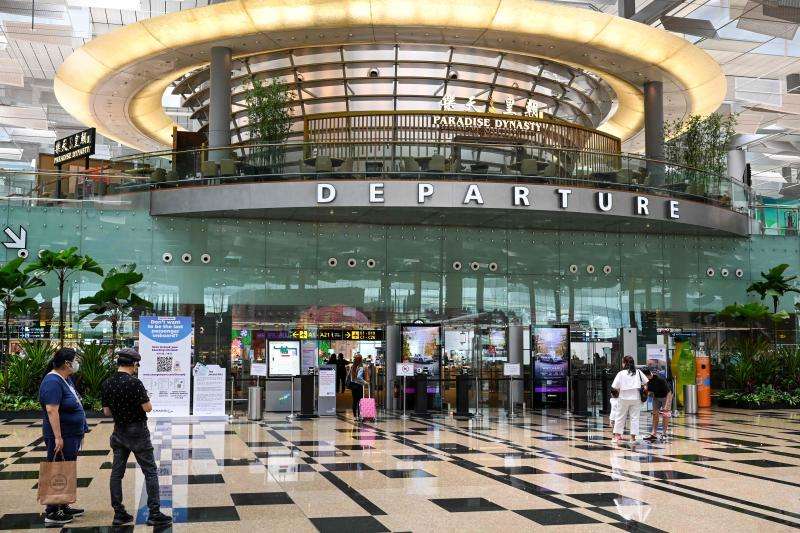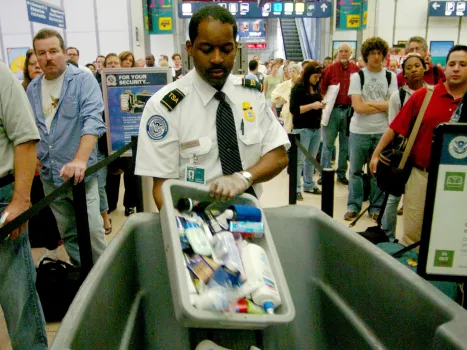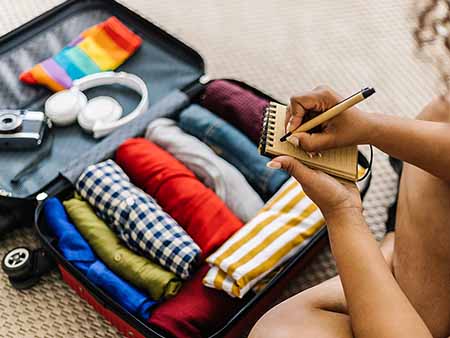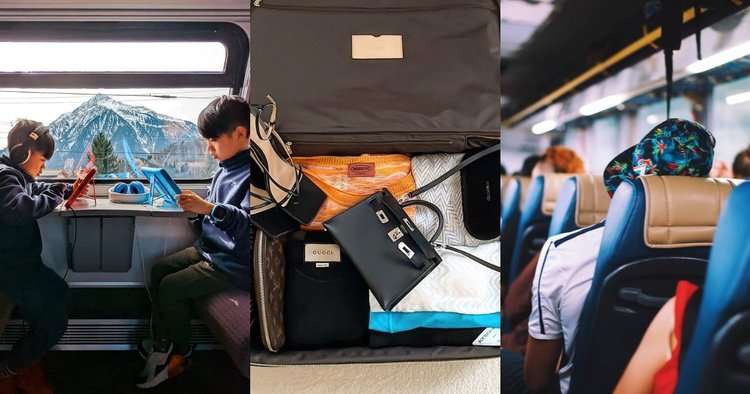If you’re preparing for an international trip, navigating the airport can feel like an intimidating task. But don’t worry! I’ve put together some of my favorite tips to make your journey as smooth as possible.
Pre-Trip Preparation
Check Your Passport and Visa:
Before you even think about packing, make sure your passport is up-to-date and you have the necessary visas for your destination. Some countries require your passport to be valid for at least six months beyond your travel dates. For example, countries like China, Brazil, and Thailand have this rule.
Make Copies of Important Documents:
Photocopy your passport, visa, travel insurance, and itinerary. Store these copies separately from the originals and consider keeping digital copies on your phone or email. For instance, you can upload them to a secure cloud service like Google Drive or Dropbox.
Pack Smart:
Travel light and smart. Stick to essentials and be mindful of your destination’s weather. Don’t forget travel-sized toiletries and any prescribed medications. Pack a versatile wardrobe that can be layered. For instance, if you’re traveling to Europe in the spring, pack a mix of t-shirts, a light jacket, and a scarf.
Electronics and Chargers:
Keep your electronics and chargers in your carry-on. An adapter is a must for international travel; check the plug type for your destination. For example, if you’re going to the UK, you’ll need a Type G adapter.
At the Airport
Arrive Early:
For international flights, aim to arrive at the airport at least three hours before your departure time. This gives you enough buffer to deal with any unexpected delays, such as traffic, long security lines or last-minute gate changes.
Check-In Online:
Most airlines offer online check-in 24 hours before departure. It can save you a lot of time at the airport. For instance, airlines like Delta, Emirates, and Lufthansa provide online check-in services via their websites or apps.
Know Your Terminal:
Airports can be massive. Know which terminal your flight is departing from and plan accordingly. Apps like FlightAware and GateGuru can help with real-time updates. For example, at LAX, international flights often depart from the Tom Bradley International Terminal.
Have Your Documents Ready:
Keep your passport, boarding pass, and any other necessary documents easily accessible. A travel wallet can keep everything organized. For instance, the Zoppen Multi-purpose Travel Passport Wallet is a popular choice.
Security and Customs
Dress Comfortably and Smartly:
Wear easy-to-remove shoes and avoid excessive jewelry to breeze through security. A light jacket is handy for unpredictable airport temperatures. For example, slip-on sneakers and a light cardigan are both practical and comfortable.
Liquids and Electronics:
Remember the 3-1-1 rule for liquids: each liquid must be in a 3.4-ounce (100ml) bottle or smaller, all bottles must fit in a one-quart-sized bag, and you’re allowed one bag per person. Take out your laptop and other large electronics for screening. TSA-approved toiletry bags, like the clear ones from Ziploc, make this easy.
Be Prepared for Customs:
Have all necessary documents filled out and ready. Be honest and clear in your declarations to avoid any complications. For instance, if you’re bringing items that need to be declared, such as food or high-value electronics, make sure you mention them on your customs form.
Waiting at the Airport
Stay Connected:
Most airports offer free Wi-Fi, but it can be slow. Consider downloading movies, music, or books beforehand to keep entertained. For instance, download Netflix shows or Spotify playlists before you leave.
Relax and Recharge:
Use this time to grab a bite, hydrate, and rest. Some airports even have lounges, spas, or quiet rooms for a bit of pre-flight relaxation. For example, the Plaza Premium Lounge in Hong Kong International Airport offers showers and comfortable seating.
Explore and Shop:
If you have a long layover, take a stroll through the airport shops or grab a meal. Duty-free shopping can be a fun way to pass the time and pick up last-minute gifts. For instance, Dubai International Airport has a vast duty-free shopping area.
On the Flight
Stay Comfortable:
Bring a neck pillow, earplugs, and an eye mask for better sleep. Compression socks can help with circulation on long flights. The Trtl Pillow and Bose Noise-Masking Sleepbuds are popular travel accessories.
Stay Hydrated:
Airplane cabins are notoriously dry. Drink plenty of water and avoid too much caffeine and alcohol. Bring an empty water bottle through security and fill it up at a water fountain before boarding.
Move Around:
Stretch and walk around the cabin periodically to keep your blood flowing and reduce the risk of deep vein thrombosis (DVT). Set a reminder on your phone to get up every couple of hours.
Entertainment:
Have your own entertainment ready. Whether it’s a book, a podcast, or a movie downloaded on your device, having something to do can make the flight more enjoyable. For instance, download a few episodes of your favorite series on Netflix or Hulu.
Arrival Tips
Know Your Arrival Procedures:
Familiarize yourself with the customs and immigration process at your destination. Some countries have e-gates for quicker processing, while others may require more detailed checks. For example, Singapore’s Changi Airport has efficient e-gates for Singaporean citizens and residents.
Transport from the Airport:
Plan how you’ll get to your accommodation. Research public transport options, airport shuttles, and ride-sharing services. Have local currency ready for immediate expenses. For example, if you’re arriving in Tokyo, the Narita Express train is a convenient way to get to the city center.
Stay Safe:
Be aware of your surroundings and keep your belongings secure. Use official transportation services and avoid unmarked taxis. For instance, in Mexico City, use authorized airport taxis or ride-sharing services like Uber.
Bonus Tips
Language Apps:
If you’re heading to a country where you don’t speak the language, apps like Google Translate can be lifesavers. For instance, download the offline language pack for your destination in case you don’t have internet access.
Local SIM or eSIM:
Consider getting a local SIM card or eSIM for cheaper data and calls. Staying connected can help you navigate and stay in touch with family and friends. For example, in Europe, you can get a SIM card from providers like Vodafone or Orange.
Currency Exchange:
Exchange a small amount of currency before you leave or use airport ATMs for better rates. Avoid airport currency exchange counters if possible as they often offer poor rates. For example, use your bank card to withdraw cash from an ATM at your destination.
Final Thoughts
International travel can be an exciting experience if you’re well-prepared. With these tips, you can navigate the airport like a pro and start your adventure on the right foot.
Happy travels! 🌍✈️






